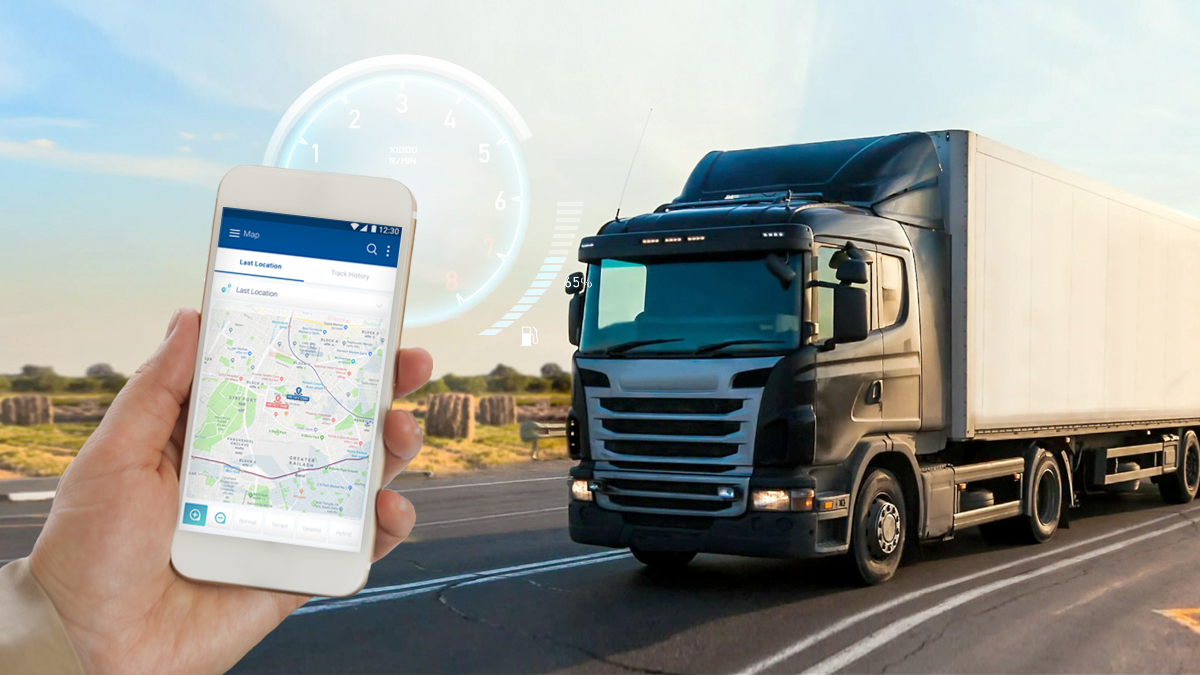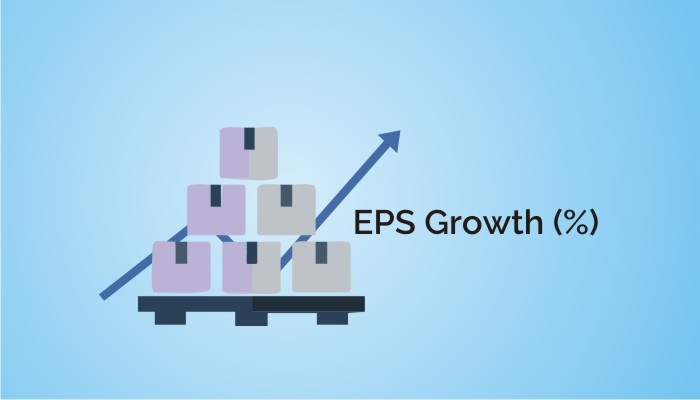Tips for Maximising the Benefits of Your Vehicle Tracking System

Real-time vehicle tracking systems have revolutionised fleet management, enabling businesses to enhance efficiency, reduce costs, and improve overall operations. However, to fully capitalise on the potential of this technology, it is essential to utilise it effectively. In this blog, we will explore valuable tips to help you maximise the benefits of your gps fleet tracking system. By implementing these strategies, you can optimise your fleet’s performance and achieve significant improvements in productivity and profitability.
Embrace Real-Time Monitoring
Real-time monitoring is the cornerstone of effective vehicle tracking. With live tracking, you gain valuable insights into your fleet’s activities, allowing you to respond promptly to unexpected changes, delays, or emergencies. Stay connected to your fleet through mobile apps or web-based platforms, ensuring you’re always in the know.
Analyze Historical Data
The data collected by your vehicle tracking system is a goldmine of information. Analyse historical data to identify patterns, trends, and inefficiencies. This analysis can reveal areas for improvement, such as identifying high-traffic routes, optimising delivery schedules, or addressing driver behaviours that may impact fuel consumption.
Optimise Routes for Efficiency
Route optimization is a powerful tool to reduce fuel costs and improve delivery times. Utilise your vehicle tracking system’s data to plan the most efficient routes, avoiding congested roads or construction zones. By optimising routes, you can also enhance customer satisfaction by ensuring timely deliveries.
Monitor Driver Behaviour
Vehicle tracking systems can provide valuable insights into driver behaviour, including speeding, harsh braking, and idling. Monitoring driver behaviour allows you to implement driver training programs, incentivize safe driving practices, and reduce wear and tear on vehicles, ultimately leading to lower maintenance costs.
Set Geofences for Enhanced Security
Geofencing is an effective way to enhance the security of your fleet. Set virtual boundaries around specific areas, and receive alerts when vehicles enter or exit these zones. Geofencing can help prevent unauthorised use of vehicles, protect against theft, and improve overall fleet security.
Integrate with Maintenance Management
Integrate your vehicle tracking system with maintenance management software to ensure proactive vehicle maintenance. Monitor vehicle health, receive maintenance reminders, and schedule regular inspections to prevent breakdowns and costly repairs.
Utilise Reporting and Analytics
Most vehicle tracking systems offer comprehensive reporting and analytics features. Utilise these tools to generate performance reports, fuel consumption analysis, and driver scorecards. These insights can aid in making data-driven decisions to optimise fleet operations.
Collaborate with Drivers
Involve your drivers in the vehicle tracking process and communicate the benefits clearly. Emphasise that tracking is not about surveillance but about working together to improve safety, efficiency, and job satisfaction. Encourage open communication and feedback to foster a positive fleet culture.
A well-implemented vehicle tracking system can be a game-changer for your fleet management strategy. By embracing real-time monitoring, analysing historical data, optimising routes, and collaborating with drivers, you can maximise the benefits of this technology and unlock its full potential.






